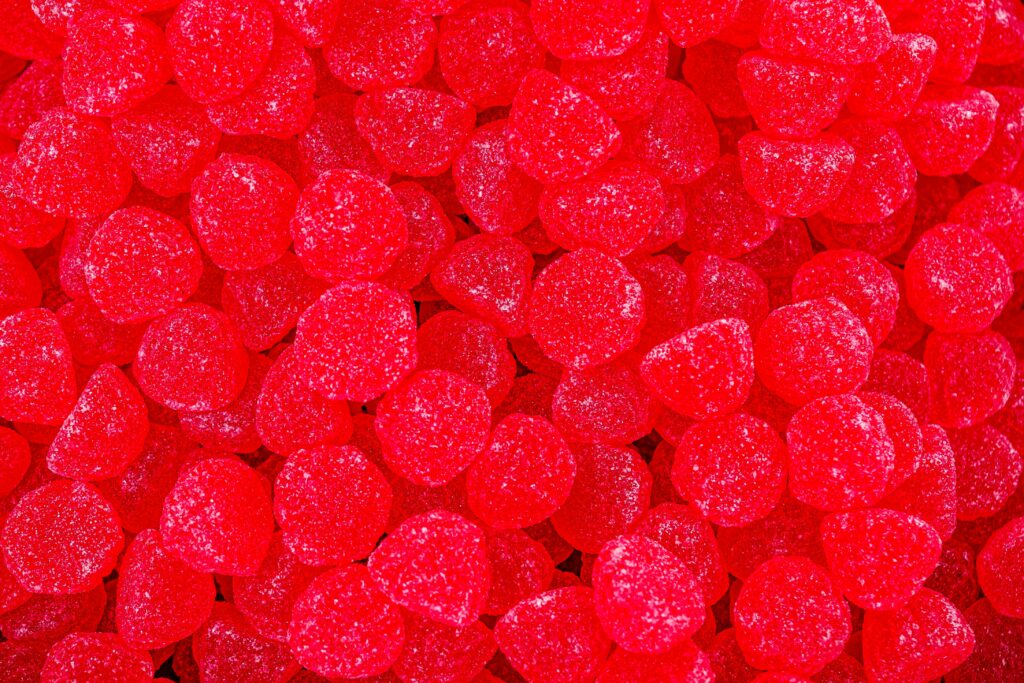The Food and Drug Administration announced Wednesday the banning of synthetic food dye, Red No. 3. The dye is primarily used to give food and beverages a bright-red, cherry-like color; however, links to cancer in animals have put the dye on the chopping block for the FDA.
Red No. 3 is used in thousands of foods, particularly ones geared toward children such as candy, cereals, beverages and the beloved neon-red cocktail cherry.
In addition to its links to cancer, the artificial dye has been observed as having an adverse effect on children’s behavior. In 2011, the FDA reviewed a link between Red No. 3 and hyperactivity in children, but couldn’t establish a credible correlation.
Red No. 3 Ban, Clock is Ticking
Food companies that market in the US will have until January 15, 2027 to reformulate any products containing Red No. 3 dye. For companies that produce ingested drugs like dietary supplements, an additional year will be given.
The decision to ban the dye comes from a 2022 petition filed by Center for Science in the Public Interest, which ultimately called for the additive to be pulled from the market.
“The FDA cannot authorize a food additive or color additive if it has been found to cause cancer in human or animals,” says FDA Director For Human Foods, Jim Jones. “Evidence shows cancer in laboratory male rats exposed to high levels of FD&C Red No. 3.”
Red No. 3 was originally approved for use in foods in 1907, and is derived from petroleum. The first discovery of its carcinogenic nature came from a 1980 discovery. Later in 1990, the dye was banned for use in cosmetics.
The New Jersey Digest is a new jersey magazine that has chronicled daily life in the Garden State for over 10 years.
- Staffhttps://thedigestonline.com/author/thedigeststaff/
- Staffhttps://thedigestonline.com/author/thedigeststaff/
- Staffhttps://thedigestonline.com/author/thedigeststaff/
- Staffhttps://thedigestonline.com/author/thedigeststaff/


